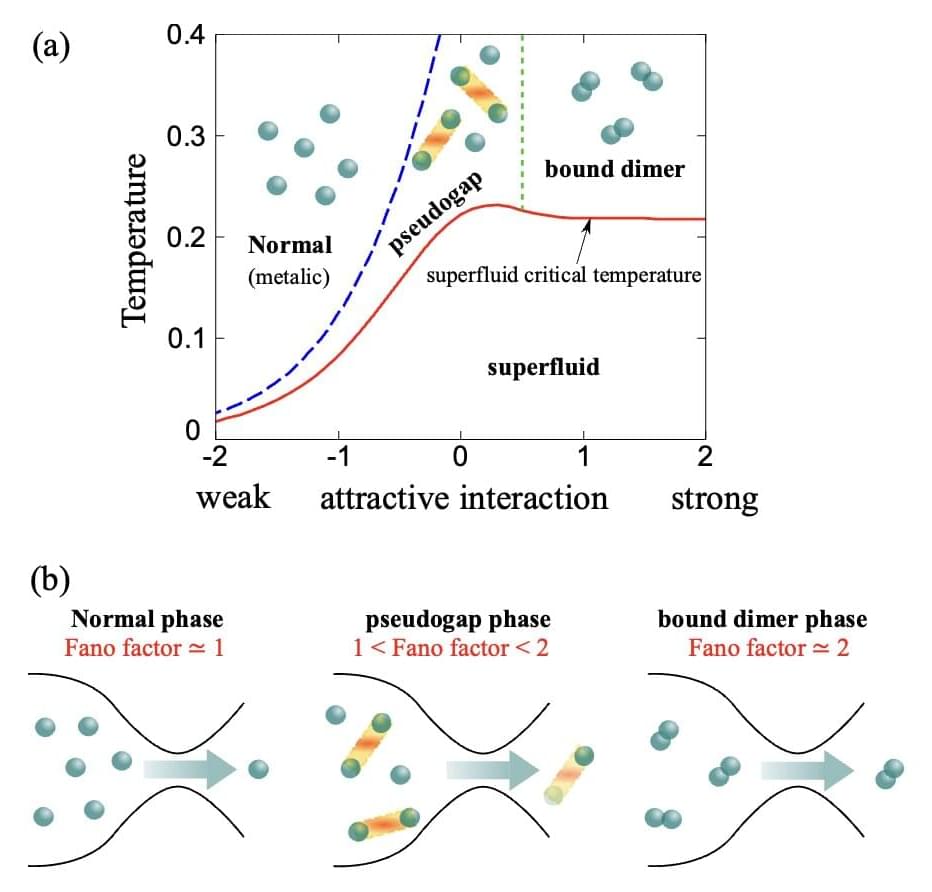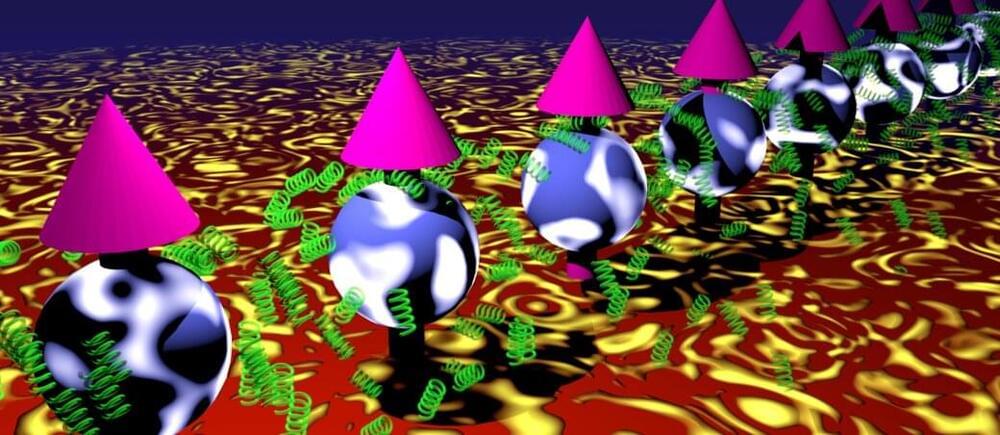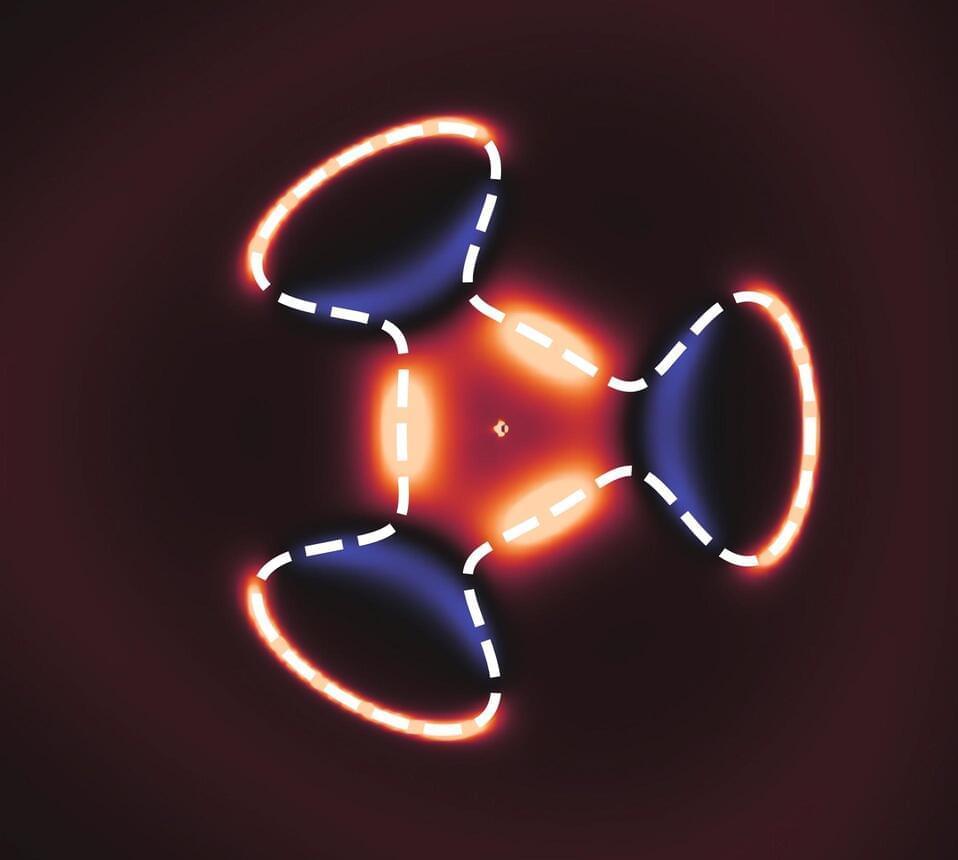Year 1997 Basically this detailed the use of magnetism to levitate frogs.
When pigs fly? That could be sooner than you think. A group of researchers in the Netherlands and in England has made a frog levitate in a magnetic field. Although the feat might seem no more than a curiosity, researchers say that the floating amphibians may lead the way to a cheap alternative to space-based science experiments.
Many materials are diamagnetic—that is, when placed near a magnet, their atoms fight the magnetic field, and the object tries to scoot away. If such a material is placed in a strong enough magnetic field, it levitates. Superconductors, for example, are perfect diamagnets and can levitate over even weak magnets, which is why levitating trains like those in Japan can fly over the tracks. Organic material like living cells is very weakly diamagnetic, says J. C. Maan, a physicist at the University of Nijmegen in the Netherlands. So he and colleagues employed a very strong magnet (chiefly used for crystallography experiments) to float the frog. It took 16 teslas—a very powerful field indeed—to lift the confused amphibian off the ground.
“It’s a little surprising how easy it is to do this,” says James Brooks, a physicist at the National High Magnetic Field Laboratory in Tallahassee, Florida. “It’s not incredibly exotic equipment. Any scientist who is awake will ask ‘What can I do with this?’” Brooks notes that the magnetic fields might provide a way to study materials in milligravity—without sending them into space—because the levitating object is in a net zero field. Researchers could study the effects of microgravity on crystal growth and also on the growth and development of living cells, without costly space missions.

















